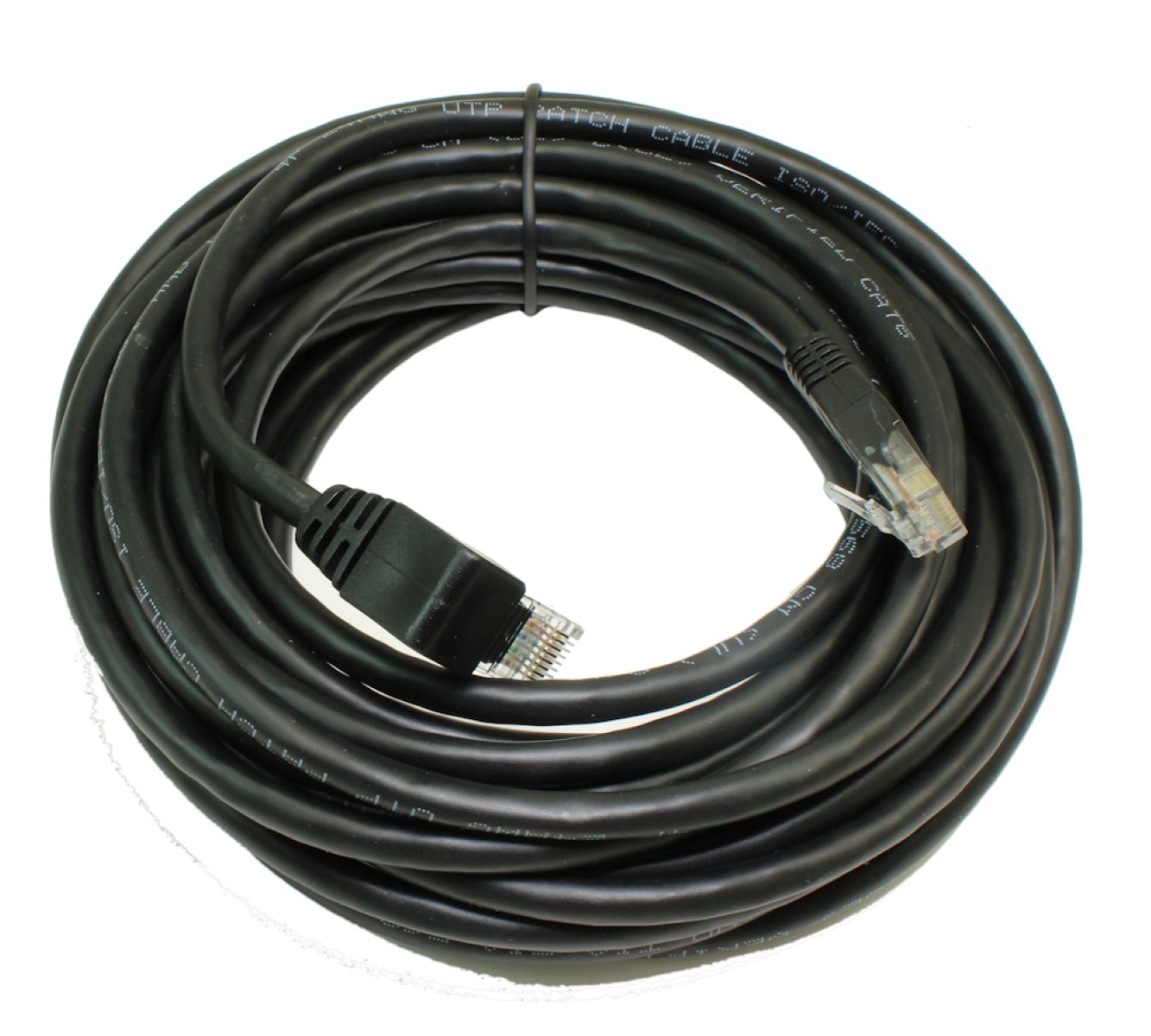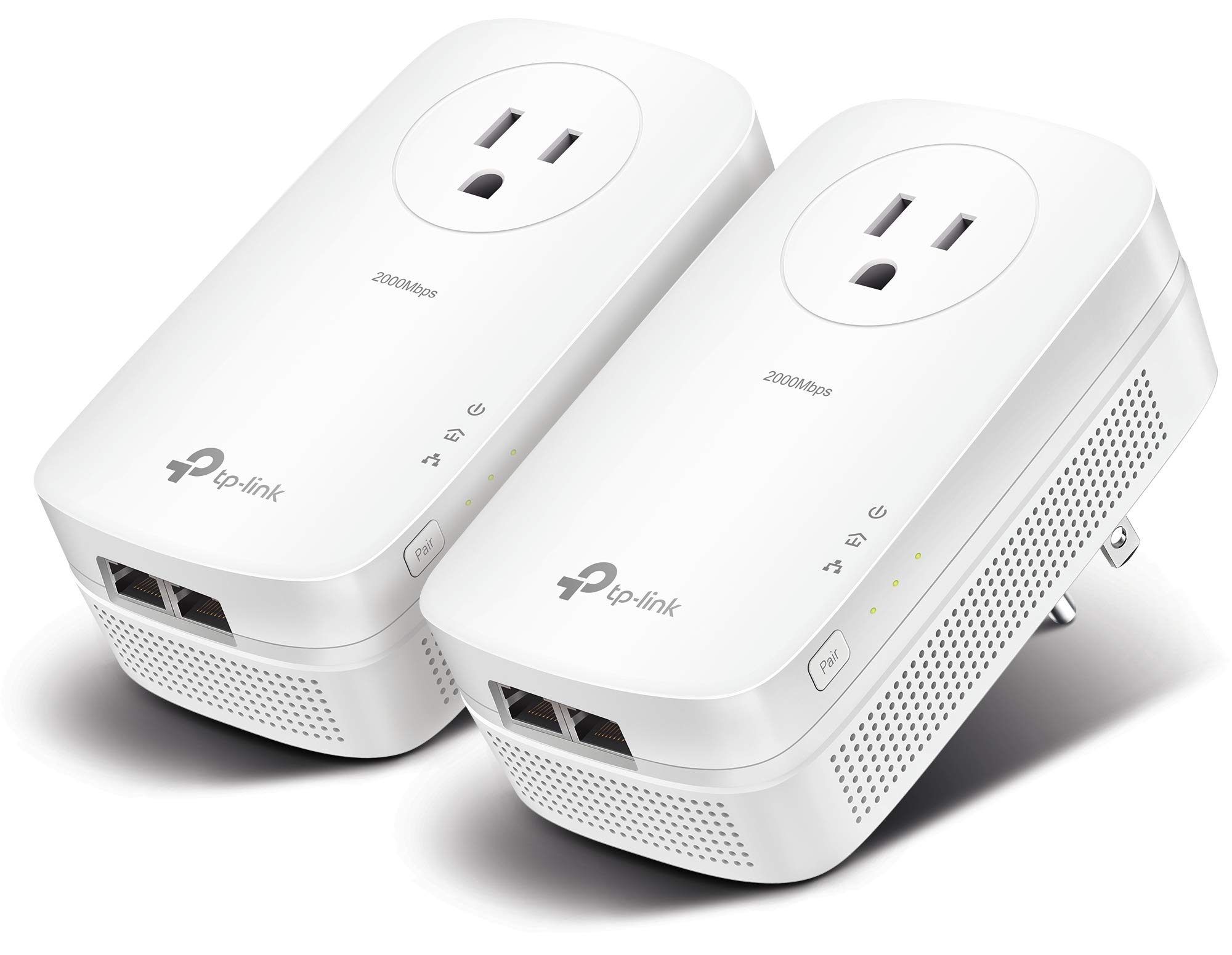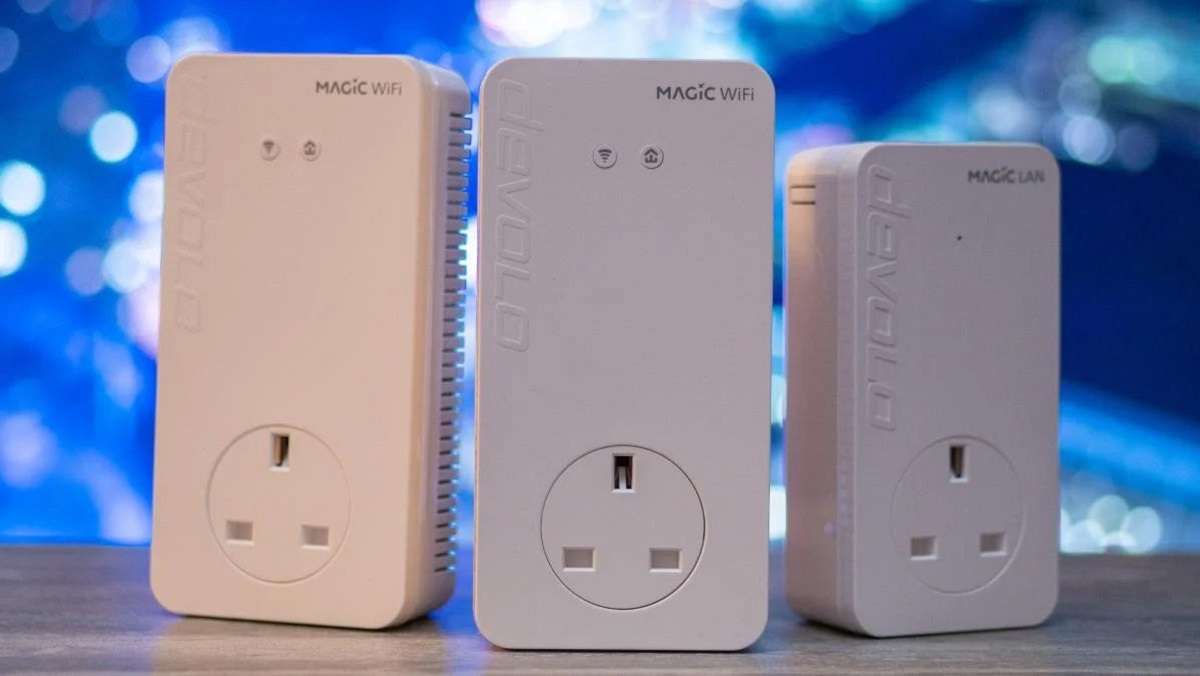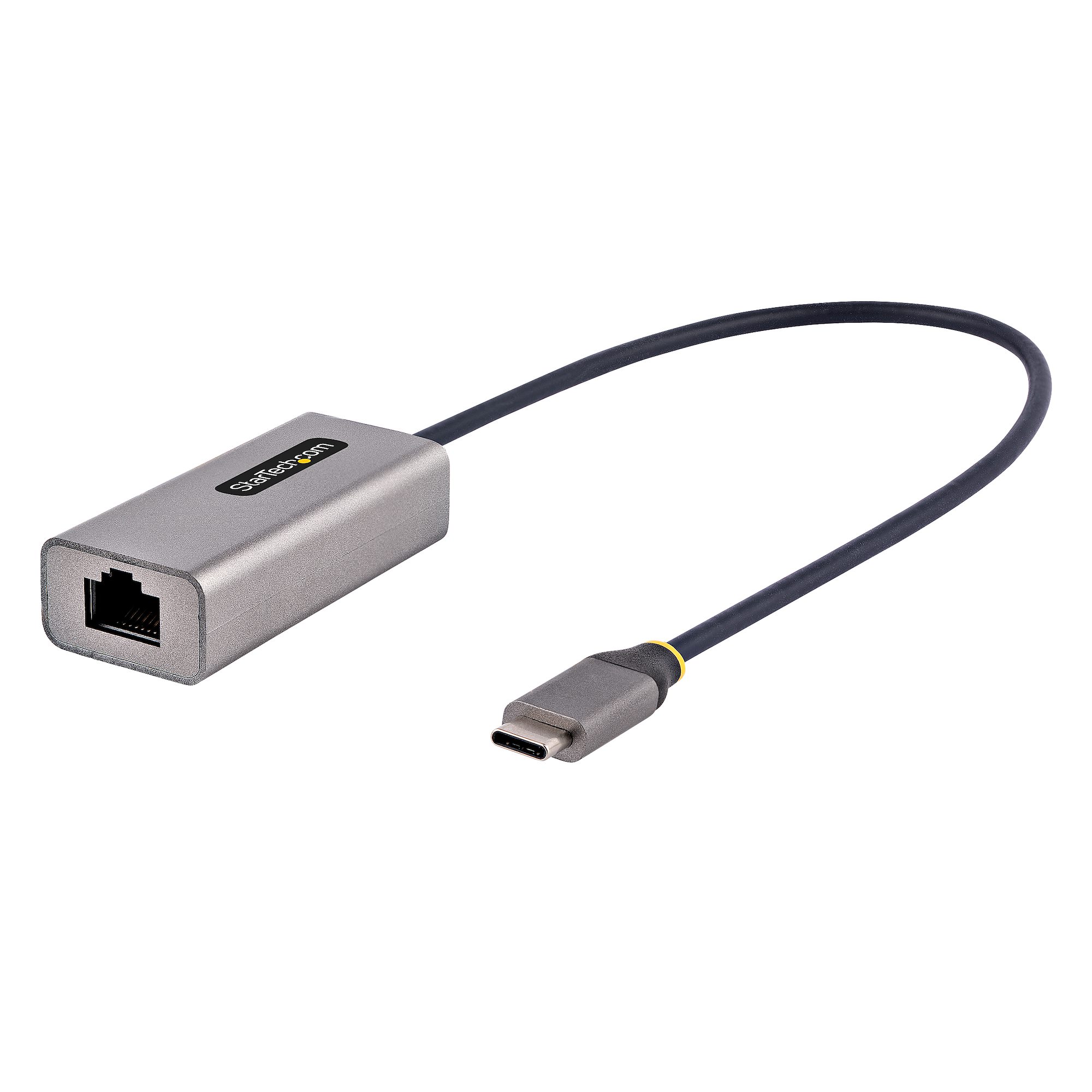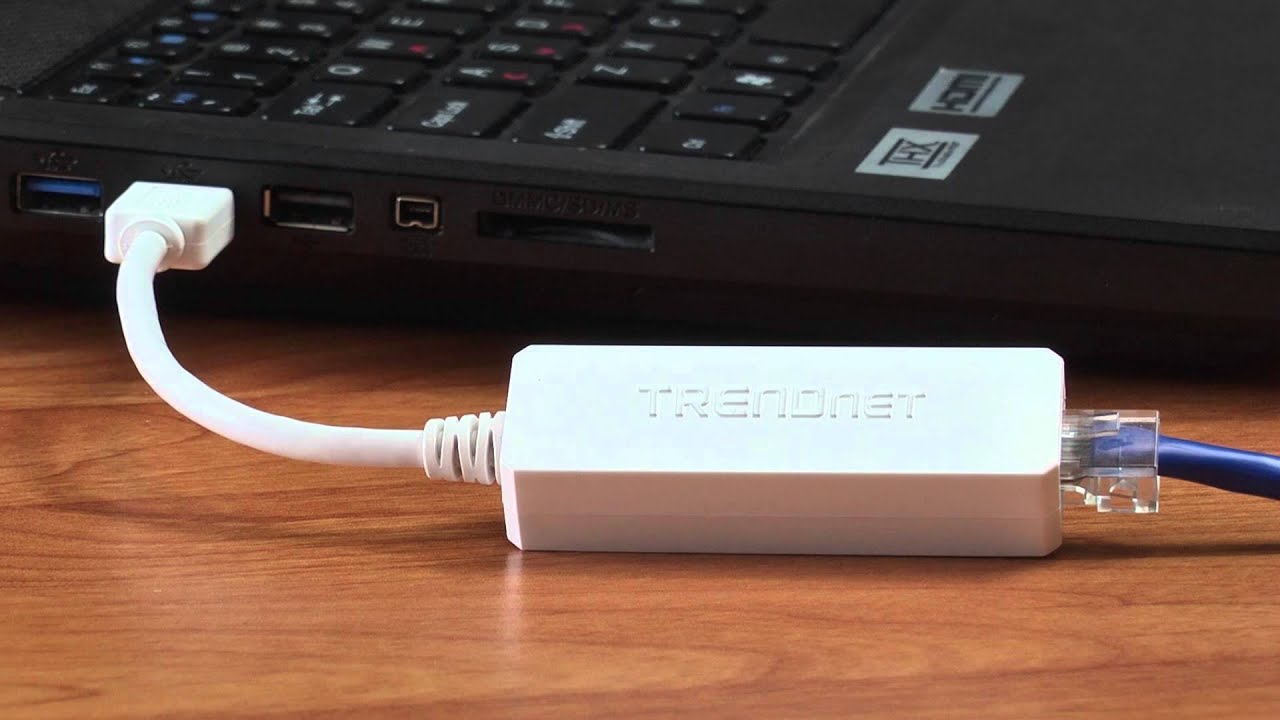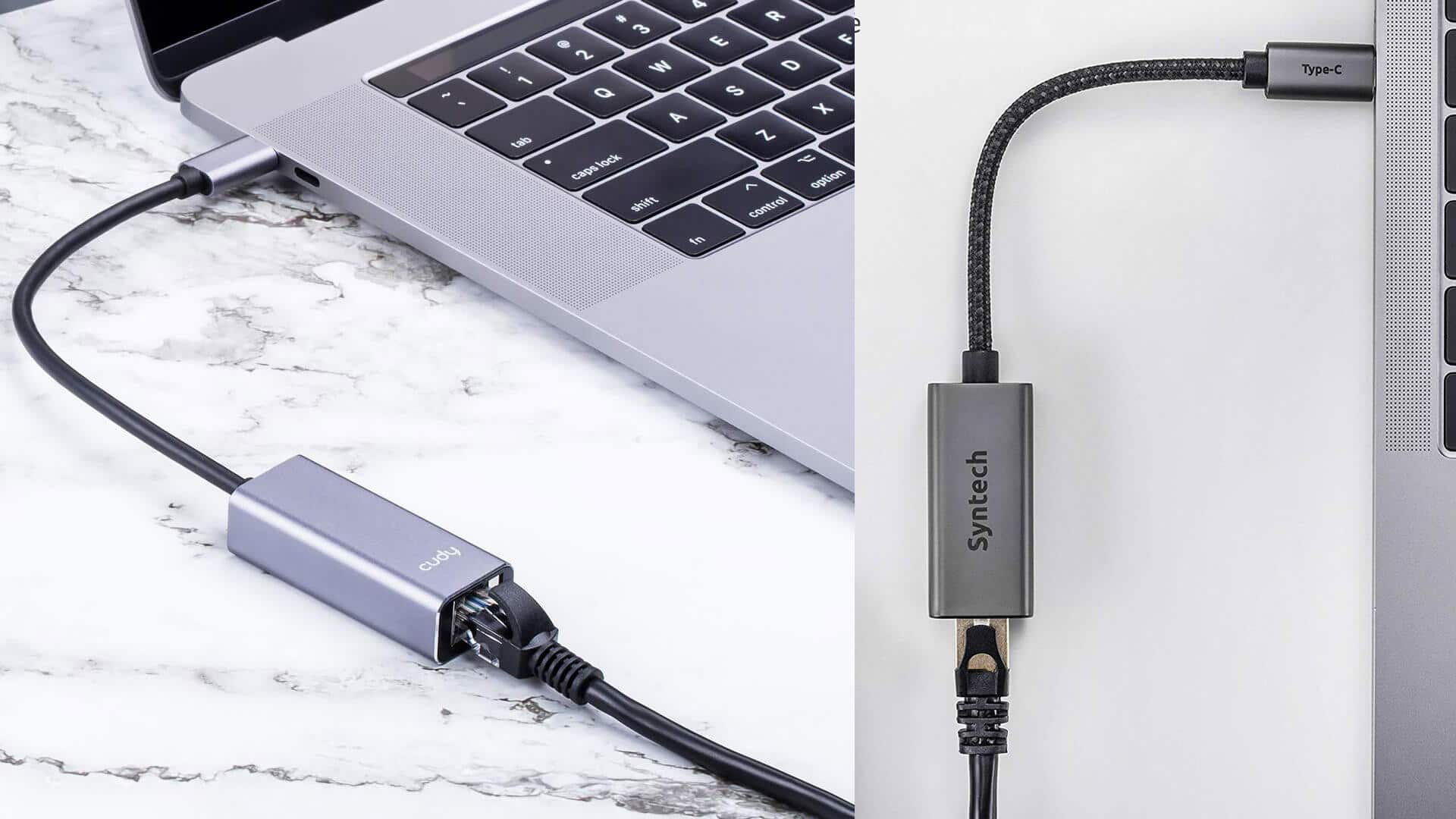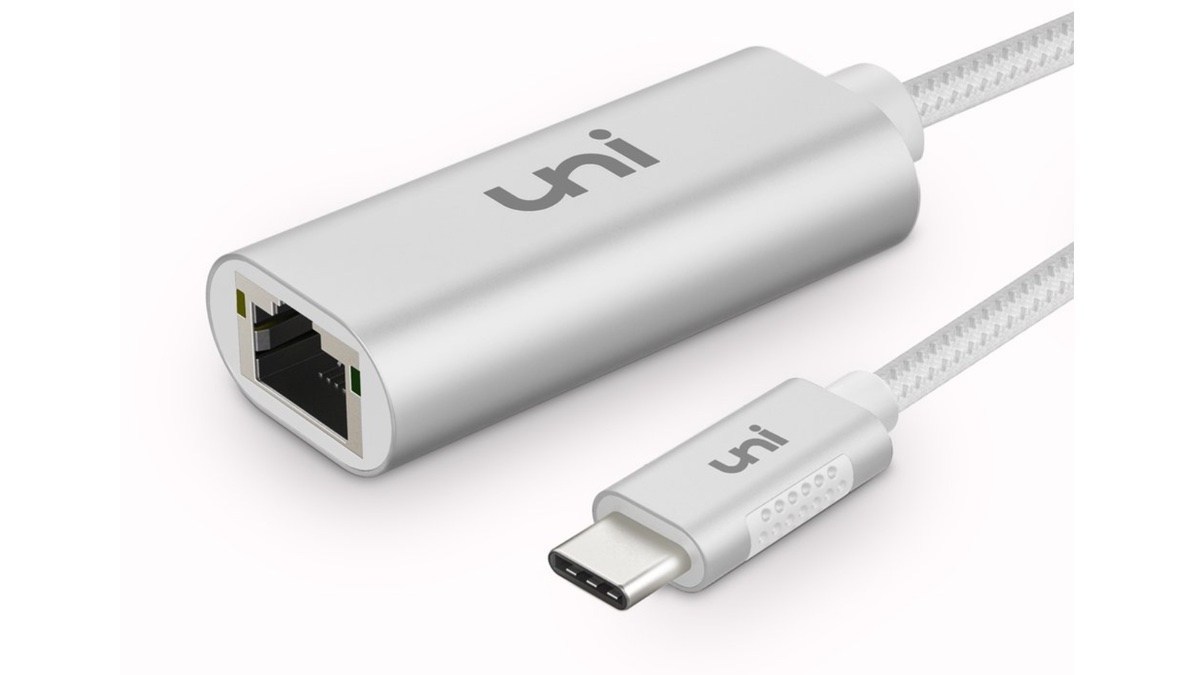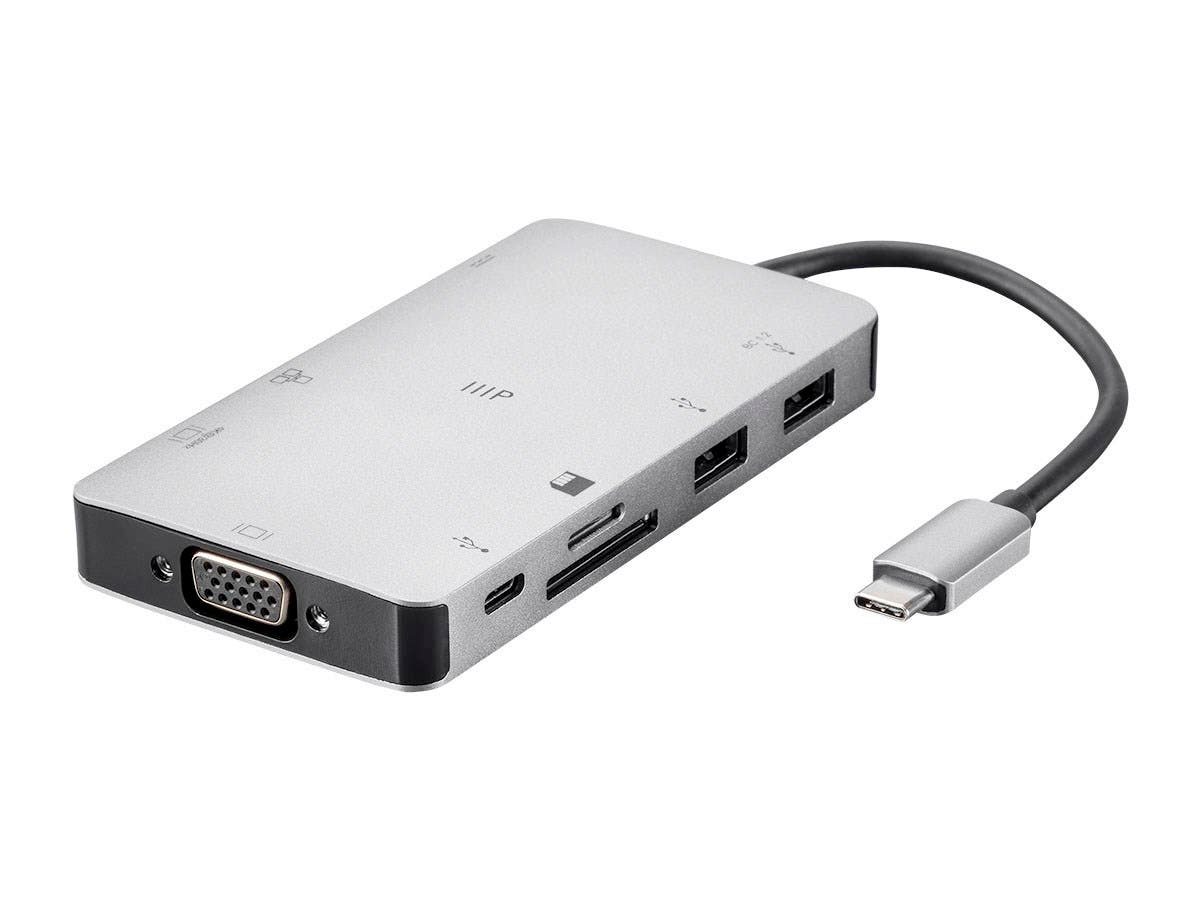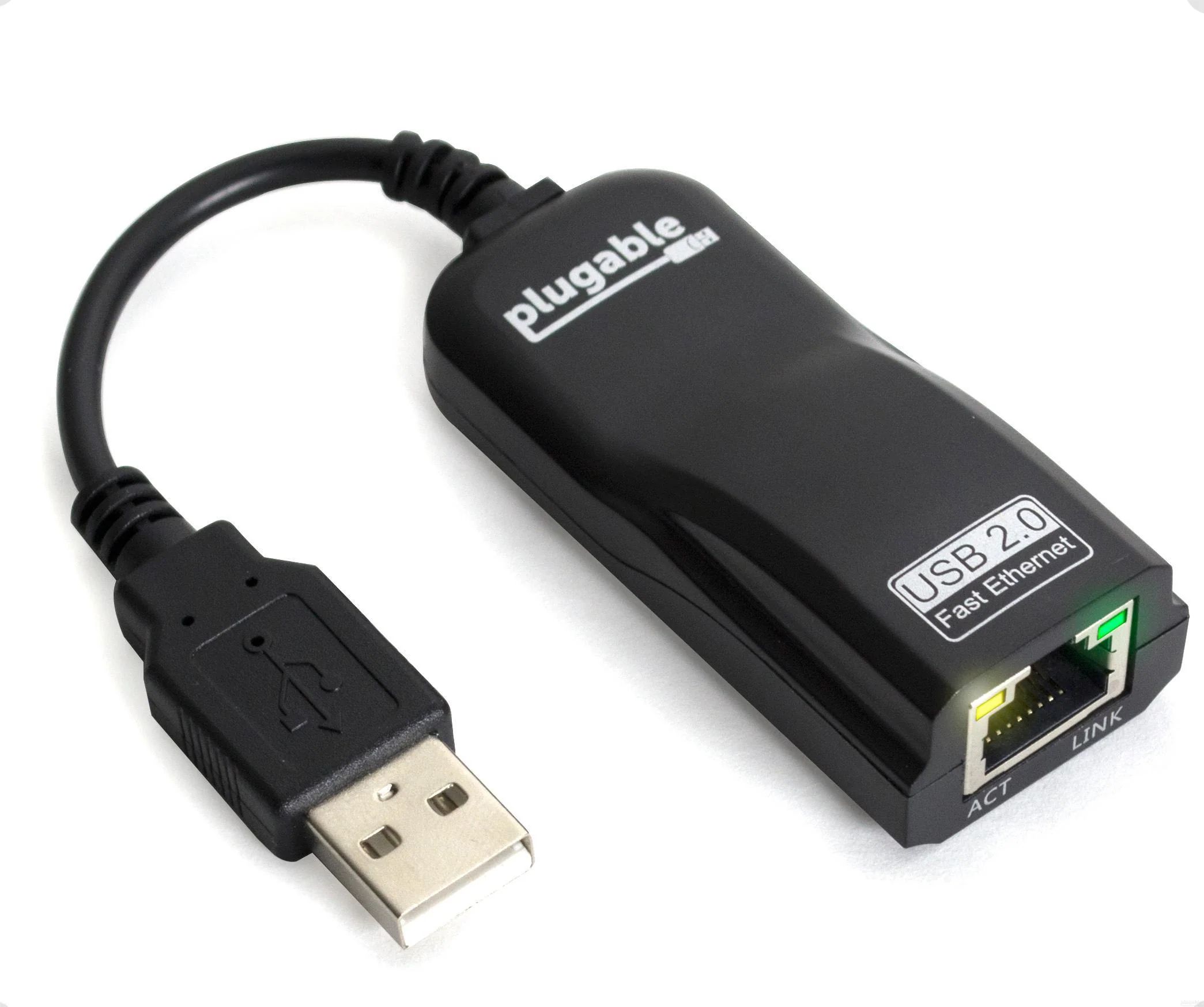Introduction
The growing demand for faster internet speeds has led to advancements in Ethernet technology. To support Gigabit Ethernet, also known as 1000 Mbps, it is crucial to ensure that the network cables can handle the increased data transmission rates. Ethernet cables come in different categories, each with varying specifications and capabilities.
In this article, we will explore the minimum cable specifications required to support 1000 Mbps Ethernet. We will discuss the three main categories that meet this requirement: Category 5e, Category 6, and Category 6a cables. By understanding the differences between these categories, you can make informed decisions when choosing the appropriate cable for your networking needs.
As we delve into each category, we will examine their performance characteristics and compatibility with Gigabit Ethernet. Additionally, we will discuss the potential factors that might influence your choice, including the distance between devices, the presence of interference, and future-proofing your network.
Category 5e Ethernet Cable
Category 5e (Cat 5e) Ethernet cable is a popular choice for many networks. It is an improved version of the earlier Category 5 cable and is designed to support data transmission at speeds up to 1000 Mbps. This makes it suitable for Gigabit Ethernet connections.
Cat 5e cables are capable of reliable performance and are widely available at a reasonable cost. They are commonly used in homes, small businesses, and office environments where moderate network speeds are required. These cables have four twisted pairs of copper wires and utilize the Ethernet protocol to transmit data packets.
When using Cat 5e cables for Gigabit Ethernet, it is important to consider the length of the cable. The maximum recommended length for Cat 5e cables is 100 meters (approximately 328 feet) to ensure optimal signal integrity. Beyond this distance, there is a higher risk of signal degradation and potential data loss.
Category 5e cables also provide some level of resistance to crosstalk and interference. They have improved shielding compared to their predecessor, Cat 5 cables, which helps to minimize interference from nearby electrical sources. However, it is worth noting that Cat 5e cables do not provide the same level of performance and noise immunity as higher-category cables.
While Cat 5e cables are a reliable choice for most Gigabit Ethernet networks, they may not be suitable for future-proofing or for environments with high data demands. If you anticipate the need for higher network speeds or increased data throughput in the future, it may be advisable to consider utilizing Cat 6 or Cat 6a cables instead. These cables offer superior performance and bandwidth capabilities.
Category 6 Ethernet Cable
Category 6 (Cat 6) Ethernet cable is an upgraded version that offers improved performance compared to Cat 5e cables. It is designed to support data transmission at speeds up to 1000 Mbps, making it suitable for Gigabit Ethernet connections. Cat 6 cables utilize four twisted pairs of copper wires and are backward compatible with Cat 5 and Cat 5e cables.
One of the key advantages of Cat 6 cables is their superior bandwidth. They have a higher frequency range and reduced crosstalk, which helps to minimize signal interference and enhance the overall network performance. This makes Cat 6 cables more suitable for high-demand applications such as streaming high-definition videos, online gaming, and large file transfers.
In terms of maximum cable length, Cat 6 cables can reach up to 55 meters (approximately 180 feet) for 10/100/1000 Mbps connections. However, for Gigabit Ethernet specifically, the recommended maximum length is 100 meters (approximately 328 feet), the same as Cat 5e cables. It is important to adhere to these recommendations to maintain reliable signal transmission and avoid performance issues.
Additionally, Cat 6 cables provide enhanced noise and interference immunity due to their improved shielding. This makes them more suitable for environments where electrical interference or crosstalk is a concern. They are commonly used in office spaces, data centers, and other high-density networking environments that require reliable and high-performance connections.
While Cat 6 cables offer significant advantages over Cat 5e, it is important to consider your specific networking needs and future requirements when choosing the appropriate cable. If you anticipate the need for even higher network speeds or plan to install a Power over Ethernet (PoE) system, you may want to consider upgrading to Cat 6a cables, which we will explore in the next section.
Category 6a Ethernet Cable
Category 6a (Cat 6a) Ethernet cable is the highest-performing option among the three categories discussed. It is designed to support data transmission at speeds up to 10,000 Mbps, making it suitable for 10 Gigabit Ethernet connections. Cat 6a cables offer significant improvements in terms of bandwidth, crosstalk, and overall performance compared to both Cat 5e and Cat 6 cables.
One of the key features of Cat 6a cables is their ability to support higher frequencies. This enables them to provide superior transmission performance over longer cable runs compared to Cat 5e and Cat 6 cables. The maximum recommended cable length for Cat 6a cables is 100 meters (approximately 328 feet) for 10/100/1000 Mbps and 10 Gigabit Ethernet connections, ensuring reliable signal transmission and minimal data loss.
Cat 6a cables offer improved resistance to alien crosstalk, which is interference from adjacent cables. This is achieved through improved shielding and stricter manufacturing standards. The enhanced noise immunity of Cat 6a cables makes them ideal for environments with a high density of cables, such as data centers and server rooms.
In addition to their performance capabilities, Cat 6a cables are also backward compatible with lower-category cables, including Cat 5 and Cat 6. This means that if you have existing Cat 5 or Cat 6 cabling infrastructure, you can upgrade to Cat 6a cables without the need for a complete rewiring of your network.
Cat 6a cables are commonly used in enterprise-level networks, where high-speed data transmission and reliable performance are essential. They are ideal for applications that demand large data transfers, such as multimedia streaming, data backups, and server-to-server communications.
While Cat 6a cables offer superior performance, it is important to consider your specific requirements and budget when choosing the appropriate cable. In scenarios where 10 Gigabit Ethernet is not currently required, Cat 6 or Cat 5e cables may still provide sufficient performance at a more cost-effective price point. However, if future-proofing is a consideration or if you anticipate the need for higher network speeds in the near future, Cat 6a cables offer the highest level of performance and reliability.
Conclusion
In conclusion, when it comes to supporting 1000 Mbps Ethernet, there are three main cable categories to consider: Category 5e (Cat 5e), Category 6 (Cat 6), and Category 6a (Cat 6a). Each category offers different levels of performance and capabilities.
Cat 5e cables are a reliable and cost-effective choice for most residential and small business networks that require Gigabit Ethernet. They provide sufficient performance for moderate network speeds and offer some level of resistance to crosstalk and interference. However, they may not be suitable for high-demand applications or future-proofing requirements.
Cat 6 cables are an upgrade from Cat 5e and offer improved performance, higher bandwidth, and reduced crosstalk. They are suitable for high-demand applications and larger networks, providing reliable connections for streaming high-definition videos, online gaming, and large file transfers. Cat 6 cables are often used in office spaces and data centers where performance and reliability are essential.
Cat 6a cables offer the highest level of performance and are designed to support 10 Gigabit Ethernet. They provide superior bandwidth, improved noise immunity, and are ideal for demanding applications and high-density networking environments. Cat 6a cables are commonly used in enterprise-level networks that require high-speed data transmission and reliable performance.
When selecting the appropriate cable for your network, it is essential to consider factors such as cable length, potential interference, and future-proofing needs. By understanding the capabilities and limitations of each cable category, you can make an informed decision and ensure optimal performance for your network requirements.
In summary, choose Cat 5e cables for moderate network speeds, Cat 6 cables for high-demand applications, and Cat 6a cables for 10 Gigabit Ethernet and enterprise-level networks. By selecting the right cable category, you can ensure reliable and high-performance Ethernet connectivity for your network needs.







